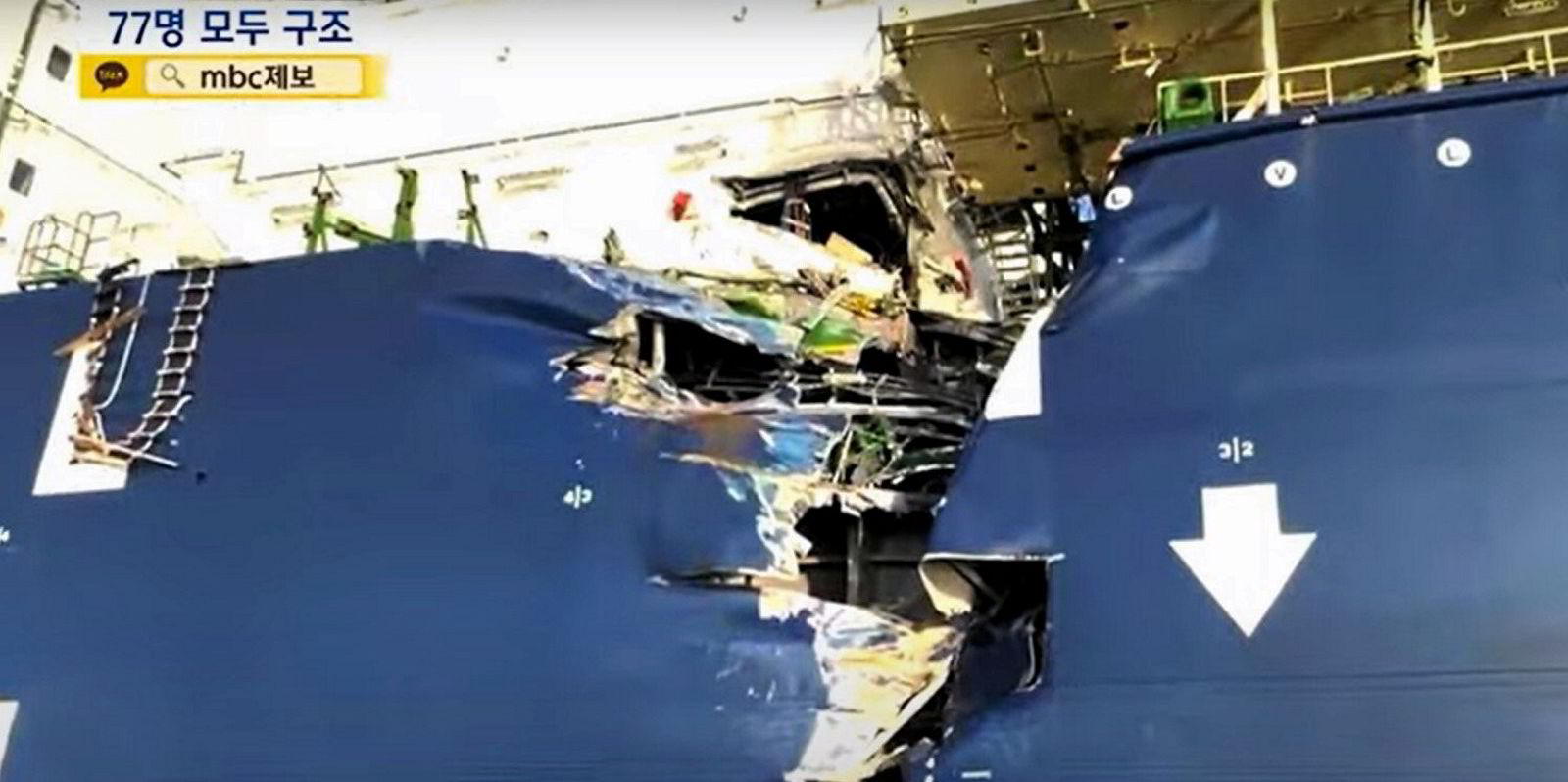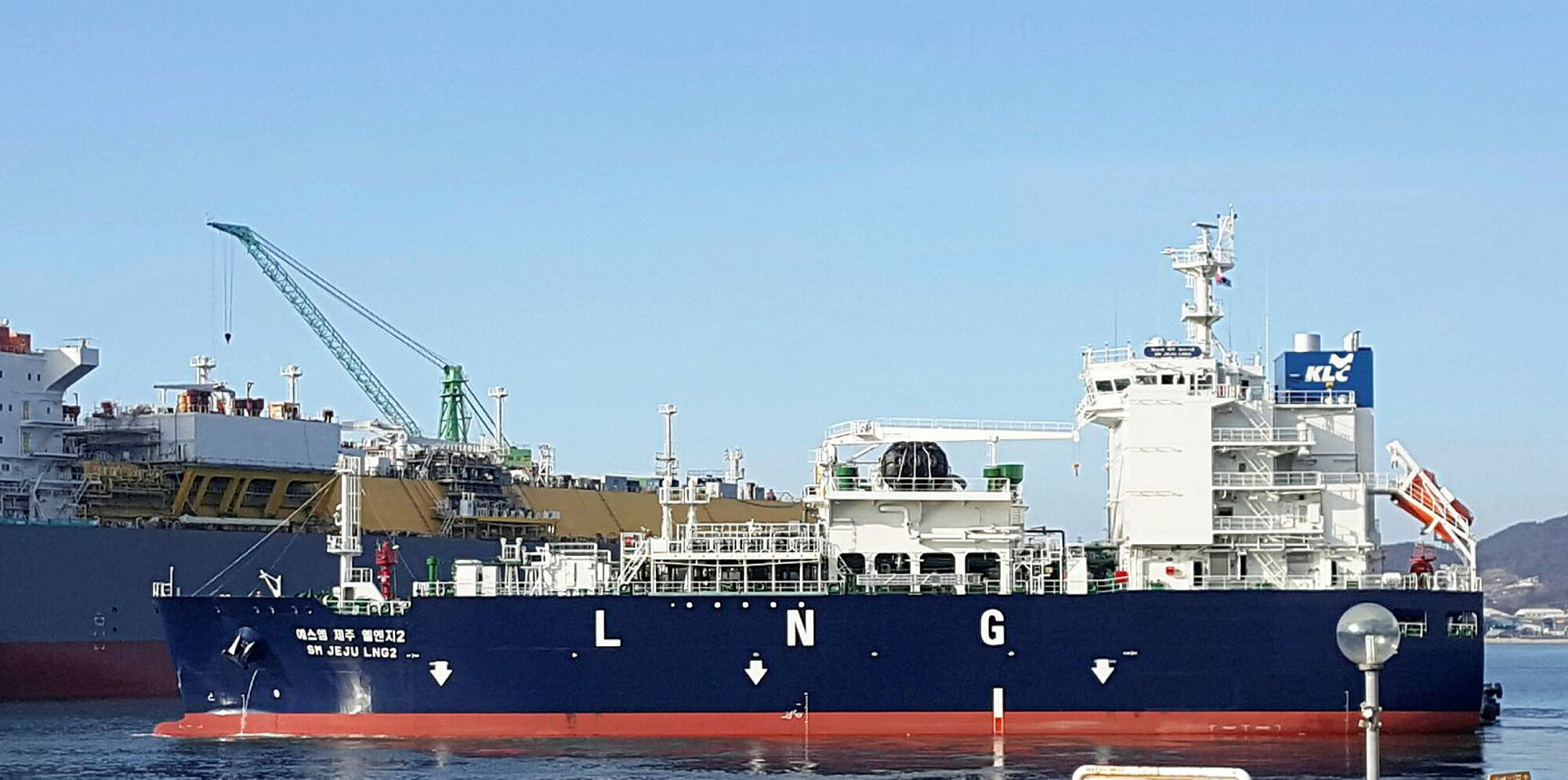A Kogas-chartered LNG bunker vessel has been involved in a collision with a cargo ship off the coast of South Korea.
Local reports said the two vessels — described as “a 5,900-ton cargo ship and a 9,000-ton, Panamanian-flagged LNG carrier” — collided 6 km south-west of Yeodo Island at 04:20 local time on 17 February.
Gas industry players named the LNG carrier as the 7,654-cbm LNGBV SM Jeju LNG1 (built 2019).
The vessel and sister ship SM Jeju LNG2 (built 2020) were designed and built to ship LNG cargoes to Jeju Island in the south of the country. Both are owned by Korea Line and fixed to LNG buyer Kogas on 20-year charter deals.
A report on South Korea’s MBC News said the starboard side of the LNG carrier was “severely damaged” and said a gas leak occurred.
All the crew and personnel on board both vessels — 19 on the LNGBV and 58 on the cargo ship — are reported to have been rescued safely.
The Wando Coast Guard is said to have sent rescue boats, teams and helicopters to the scene and remained on site to prevent any oil spills or further damage.
Photos and video show rescue efforts in progress and damage to the side of the LNGBV and the bow of the cargo ship, which has the words JL Ocean painted on its hull.
The causes of the accident are being investigated and the captains of both vessels are being questioned.
Data provider iGIS/LNG reported the position of the SM Jeju LNG1 as idle and lying to the west of Yeoseo-Ri Island.
This is among the first collisions reported for the emerging LNG bunkering sector, which is ramping up to meet the incoming demand from the raft of delivering LNG dual-fuel newbuildings.
The Jeju LNGBVs are pioneering vessels in that they were the first large units to be put into domestic use.
The duo, which were built by Samsung Heavy Industries, are also the first small-scale vessels to be built with the first iteration of Kogas’ own design of cargo containment system KC-1.
TradeWinds has contacted Korea Line for details of the damage to its ship.




